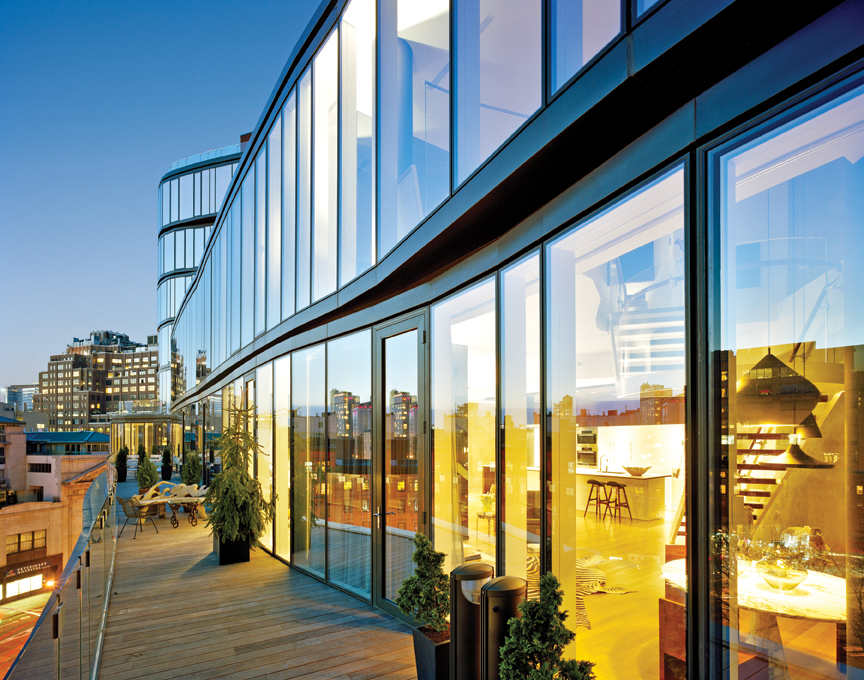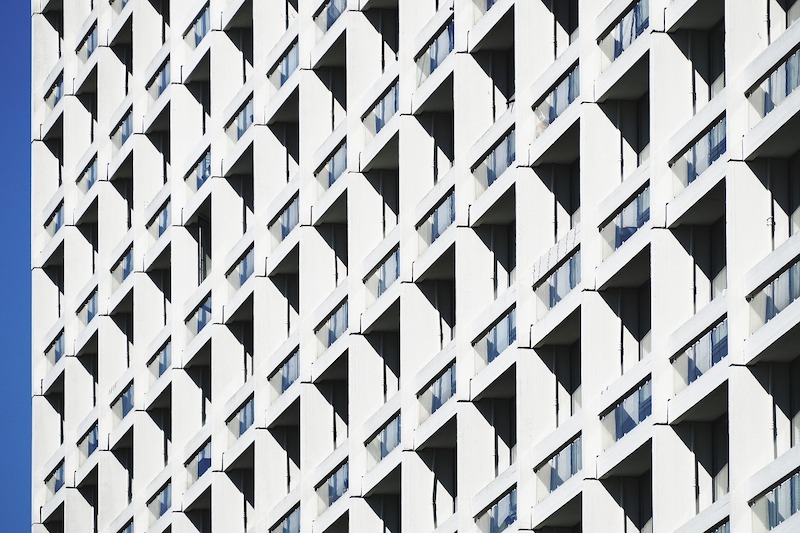After more than nine consecutive years of steady growth, proposal activity in the U.S. Multifamily Housing market flattened in the 1st Quarter amid the COVID-19 crisis. The Quarterly Market Forecast (QMF) survey of architecture, engineering and construction (A/E/C) firms reported the first negative result for Multifamily since the 3rd Quarter of 2010.
Multifamily has consistently been one of the strongest performers among 58 submarkets measured in PSMJ Resources’ quarterly survey. This includes the 4th Quarter of 2019 when Multifamily’s Net Plus/Minus Index (NPMI) of 54% was the highest among all submarkets. Its NPMI slid to -2% in the 1st Quarter of 2020, as the percentage of respondents reporting a quarter-to-quarter decrease in proposal activity climbed from 4% to 31%.
PSMJ’s NPMI expresses the difference between the percentage of firms reporting an increase in proposal activity and those reporting a decrease over the three-month period. A consistent group of over 300 A/E/C firm leaders participate regularly, with 288 contributing to the most recent survey. It was conducted from March 24-30.

Despite the drop into the negative, Multifamily held up far better than three other Housing submarkets – Single-Family Properties (-31%), Single-Family Developments (-28%) and Condominiums (-28%) were among the 12 poorest-performing submarkets in the 1st Quarter.
Prior to this crisis, the consensus among industry economists and experts was that Multifamily would stay strong in 2020, albeit with some challenges to face. National vacancy rates were creeping up and much of the supply deficit had been filled. Nonetheless, significant amounts of investment money remained available and demand persisted in varying levels regionally. The fact that Multifamily proposal activity wasn’t as negatively impacted in the 1st Quarter as other Housing submarkets were, even with the COVID-19 crisis beginning to affect the market in March, suggests that it could recover comparatively quickly and seamlessly when and where restrictions are eased.
PSMJ Senior Principal David Burstein, P.E., AECPM, said he expects all housing markets to rebound after the health crisis passes and the record-low interest rates endure. “Pent up demand should make its presence felt by the end of the 3rd Quarter, and even more so in the 4th Quarter, especially if we see movement on an infrastructure bill.”
Multifamily’s performance in the QMF reinforces how consistently lucrative the sector has been for nearly a decade. After recording an NPMI of -5% in the 3rd Quarter of 2010, the Multifamily submarket experienced four consecutive quarters with a respectable NPMI between 20% and 26%. It jumped to a healthy 44% in the 4th Quarter of 2012 and remained at or above 42% for the next 28 quarters, all the way through 2019.
For the 4th Quarter of 2019, 58% of respondents said that proposal opportunities had increased in the Multifamily market, with only 4% reporting a decrease. For the 1st Quarter of 2020, increases were halved to 29%, compared with 31% that saw a drop in proposal activity.
Consulting and publishing firm PSMJ Resources, Inc., has been conducting the QMF survey each quarter since 2003. You can find more information at https://www.psmj.com/surveys/quarterly-market-forecast-2.
Related Stories
| Jan 27, 2011
Perkins Eastman's report on senior housing signals a changing market
Top international design and architecture firm Perkins Eastman is pleased to announce that the Perkins Eastman Research Collaborative recently completed the “Design for Aging Review 10 Insights and Innovations: The State of Senior Housing” study for the American Institute of Architects (AIA). The results of the comprehensive study reflect the changing demands and emerging concepts that are re-shaping today’s senior living industry.
| Jan 21, 2011
Harlem facility combines social services with retail, office space
Harlem is one of the first neighborhoods in New York City to combine retail with assisted living. The six-story, 50,000-sf building provides assisted living for residents with disabilities and a nonprofit group offering services to minority groups, plus retail and office space.
| Jan 21, 2011
Nothing dinky about these residences for Golden Gophers
The Sydney Hall Student Apartments combines 125 student residences with 15,000 sf of retail space in the University of Minnesota’s historic Dinkytown neighborhood, in Minneapolis.
| Jan 21, 2011
Revamped hotel-turned-condominium building holds on to historic style
The historic 89,000-sf Hotel Stowell in Los Angeles was reincarnated as the El Dorado, a 65-unit loft condominium building with retail and restaurant space. Rockefeller Partners Architects, El Segundo, Calif., aimed to preserve the building’s Gothic-Art Nouveau combination style while updating it for modern living.
| Jan 21, 2011
Upscale apartments offer residents a twist on modern history
The Goodwynn at Town: Brookhaven, a 433,300-sf residential and retail building in DeKalb County, Ga., combines a historic look with modern amenities. Atlanta-based project architect Niles Bolton Associates used contemporary materials in historic patterns and colors on the exterior, while concealing a six-level parking structure on the interior.
| Jan 20, 2011
Worship center design offers warm and welcoming atmosphere
The Worship Place Studio of local firm Ziegler Cooper Architects designed a new 46,000-sf church complex for the Pare de Sufrir parish in Houston.
| Jan 19, 2011
Baltimore mixed-use development combines working, living, and shopping
The Shoppes at McHenry Row, a $117 million mixed-use complex developed by 28 Walker Associates for downtown Baltimore, will include 65,000 sf of office space, 250 apartments, and two parking garages. The 48,000 sf of main street retail space currently is 65% occupied, with space for small shops and a restaurant remaining.
| Jan 7, 2011
Mixed-Use on Steroids
Mixed-use development has been one of the few bright spots in real estate in the last few years. Successful mixed-use projects are almost always located in dense urban or suburban areas, usually close to public transportation. It’s a sign of the times that the residential component tends to be rental rather than for-sale.
| Jan 4, 2011
An official bargain, White House loses $79 million in property value
One of the most famous office buildings in the world—and the official the residence of the President of the United States—is now worth only $251.6 million. At the top of the housing boom, the 132-room complex was valued at $331.5 million (still sounds like a bargain), according to Zillow, the online real estate marketplace. That reflects a decline in property value of about 24%.















